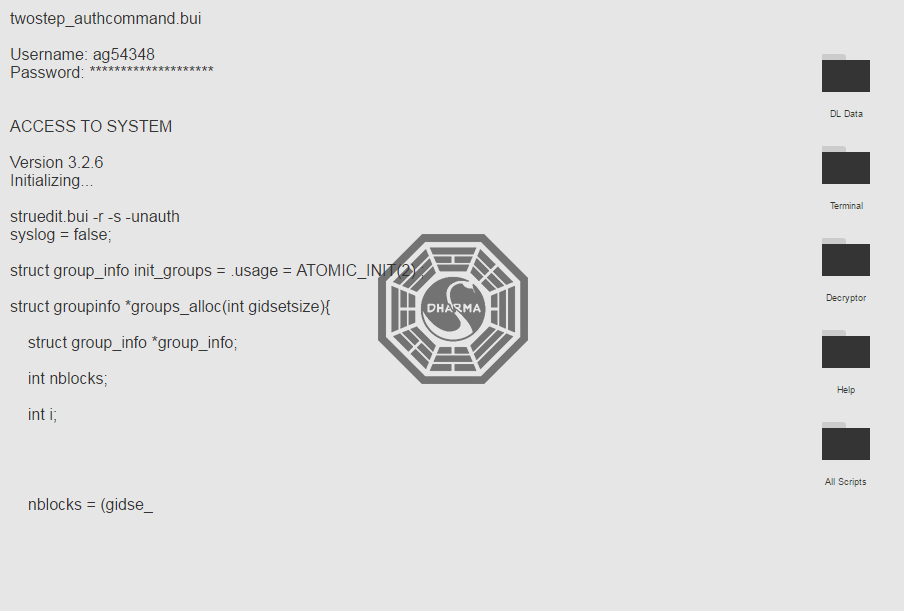
- #How to use geektyper archive
- #How to use geektyper code
- #How to use geektyper Pc
If you open the “Nuclear Plant” program, it'll show you a control screen with values and levels that continue to change randomly.

There's even a live feed (albeit looping video) showing a bank being robbed! The hacker programs are pretty convincing, too. Pranx's Bitcoin miner makes it seem as if you are actively mining Bitcoin. The website works equally well on mobile devices too. That's exactly what you want if you want to pull off a convincing hacker prank. The site uses the classic Matrix color scheme of green and black, which gives the website a pretty ominous feel. On the top right, you'll see different icons, including serious events like: When you log on to its hacker prank simulator, you'll see a number of screens that appear to be running different hacker programs.

#How to use geektyper code
Robert Hayden's official Geek Code web site (presenting v3.Pranx is one of the most hilarious prank websites. #How to use geektyper archive
^ Reference to the site first appears in the Internet Archive on October 7, 1999( "Geek Code Decoder history at the WayBack machine". ^ The site first appears in the Internet Archive on Decem( "Geek Code Decoder history at the WayBack machine". #How to use geektyper Pc
The problem is, for us Acorn users, is that it asks you quantify all your opinions of UNIX and PC programs, whereas many of us wouldn't even touch them with a bargepole! "An archival copy of The Code of the Geeks v3.12". These systems differ in their orthogonality: the Geek Code is very orthogonal in the computer science sense (where variables may be projected onto basis vectors), where the Yerkes system is very orthogonal in the taxonomic sense (representing mutually exclusive classes).
^ Unlike the Geek Code, the Yerkes system uses classes, subclasses and peculiarities for categorization. ^ "The First Gay Space on the Internet". CS1 maint: archived copy as title ( link) CS1 maint: bot: original URL status unknown ( link) The Natural Bears Classification System. Joe Reiss made a similar page available in October 1999. Kuhn, in late 1998, made Williams' program available as a web service. There have been several '"decoders" produced to transform a specific geek code into English, including: The Geek Code website contains the complete list of categories, along with all of the special syntax options. There are 28 occupations that can be represented, but GAT is for geeks that can do anything and everything - and "usually precludes the use of other vocational descriptors". The code starts with the letter G (for Geek) followed by the geek's occupation(s): GMU for a geek of music, GCS for a geek of computer science etc. (Both these examples use Hayden's own geek code.) Encoding Occupation Note that this latter format has a line specifying the version of Geek Code being used. or as a "Geek Code Block", a parody of the output produced by the encryption program PGP: Geek codes can be written in two formats either as a simple string: For example, the 1997 Acorn Code was a version specific to users of Acorn's RISC OS computers. 
Some alternative encodings have also been proposed. Īfter a number of updates, the last revision of the code was v3.12, in 1996. It was inspired by a similar code for the bear subculture - which in turn was inspired by the Yerkes spectral classification system for describing stars.







 0 kommentar(er)
0 kommentar(er)
